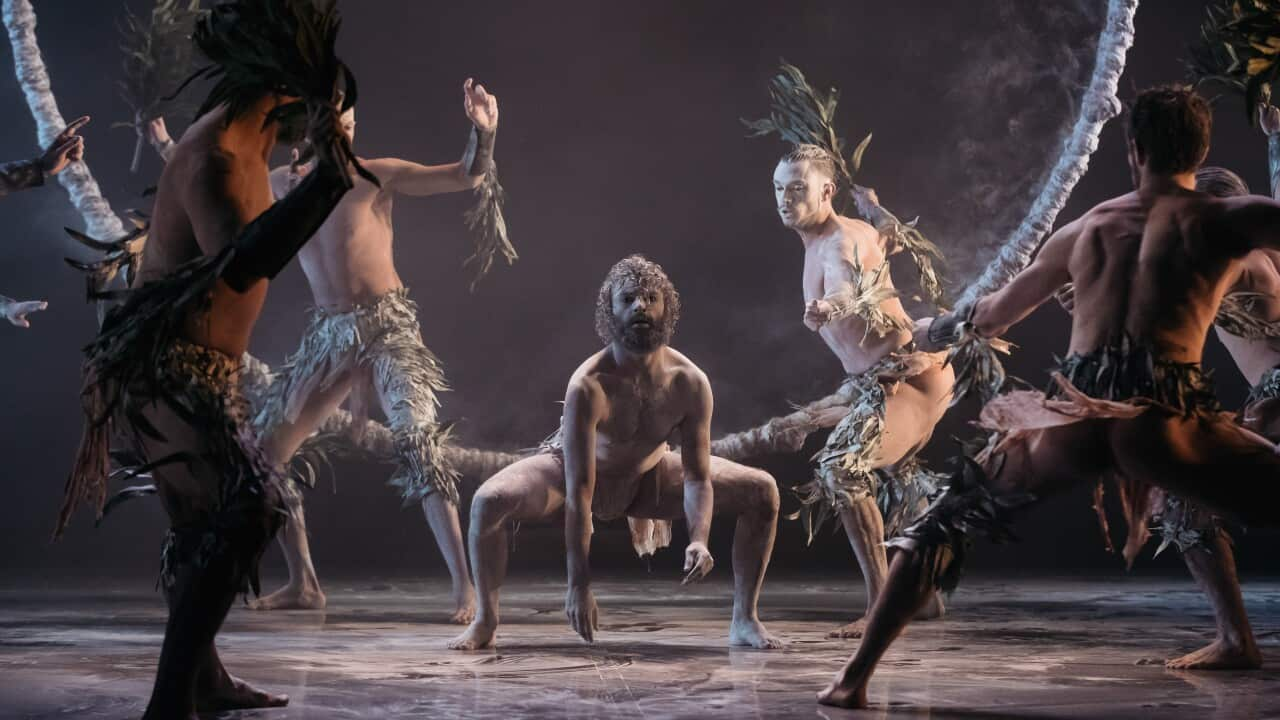In mainstream Australian society, disability can be a one-dimensional label that often means you are treated like a social outsider.
The situation is different in Aboriginal Australia, where traditional languages have no word for disability. “That's actually a wonderful thing,” says Worimi man Damian Griffis, CEO of .
Griffis believes the treatment of disability in Aboriginal culture is more inclusive. “Disability is talked about in an impairment-based way in Aboriginal Australia. It may be that Uncle really doesn't move too well or Aunty doesn't hear too well,” says Griffis.
The focus is on “what we need to know about that person so we can ensure they can participate in the community,” he says. “The Western approach to disability is to label people and find the deficit. You know, we call you blind, call you deaf, call you physically disabled or intellectually disabled. They're all deficit terms.”
Disability is talked about in an impairment-based way in Aboriginal Australia. It may be that Uncle really doesn't move too well or Aunty doesn't hear too well.
It’s not a case that Indigenous language is out of step with the mainstream, but the other way around. “Most people with a disability would prefer to talk about disability in the way we talk about it in Aboriginal Australia,” says Griffis. “We would say we are leaders of language and disability.”
Other indigenous languages similarly lack words describing disability. In New Zealand recently, .
The new word for disability is whaikaha, which means to ‘have strength, to have ability, otherly-abled, enabled’. The autism equivalent is takiwatanga, meaning ‘his or her own time and space’.
“In my experience, people with autism tend to have their own timing, spacing, pacing and life-rhythm,” the glossary’s creator, Keri Opai, strategic lead for Te Pou o te Whakaaro Nui, the national centre of mental health research, information and workforce development, told TVNZ.
In Australia, where many Aboriginal people refuse to take on the disability label, the disconnect between language and the health care system means an Aboriginal person with a disability often doesn’t get the support he or she needs. In the absence of a service that accommodates health as well as cultural needs, many Aboriginal people with disabilities rely on family and community for care.
“To go and access disability services, Aboriginal people have to go and take that label on,” says Griffis. “Therein lies the problem. To become part of, say, the National Disability Insurance Scheme (NDIS), you need to go and talk up your deficits.”
Griffis is not wholly critical of the NDIS, which he says tends to “take a more contemporary view of disability” and talk about it in the same impairment-based way as Aboriginal Australians.
In my experience, people with autism tend to have their own timing, spacing, pacing and life-rhythm...
Labels aside, there is a significant number of Aboriginal people who live with disability. According to , 23.9 per cent of Aboriginal and Torres Strait Islander people in Australia reported having a disability, considerably higher than the rate of 17.5 per cent among non-Indigenous people.
“Meeting the needs of our people with disabilities is one of the most critical social justice issues in Australia today,” says Griffis. “It's difficult to think of any more disadvantaged Australians than Aboriginal people with disability.”
Providing support to communities in remote areas in particular is a difficult task. “You only have to go outside of the urban areas of Australia and supporting any person with disability can become a huge challenge,” he says. “There's no doubt there needs to be a specific focus around meeting the needs of Aboriginal people in regional Australia.”
Those needs are not necessarily limited to service provision. A “whole of community response” is required to ensure there are enough resources available for Aboriginal people living with disabilities in regional Australia to participate in their community. “What I'm talking about is things like footpaths,” says Griffis. “We need investment in infrastructure, but in regional Australia a lot of disability infrastructure is just simply not there.”
Provision of services is often viewed as a drain on the public purse, but Griffis believes proper resourcing of Aboriginal communities offers opportunities for employment: carrying out footpath construction and maintenance, wheelchair repairs and housing modifications.
FPDN wants to see the establishment of an Aboriginal-owned operated disability service system. “Something that we control because we will do that work in the way we've always done it, which is in a culturally sensitive and appropriate way.”





